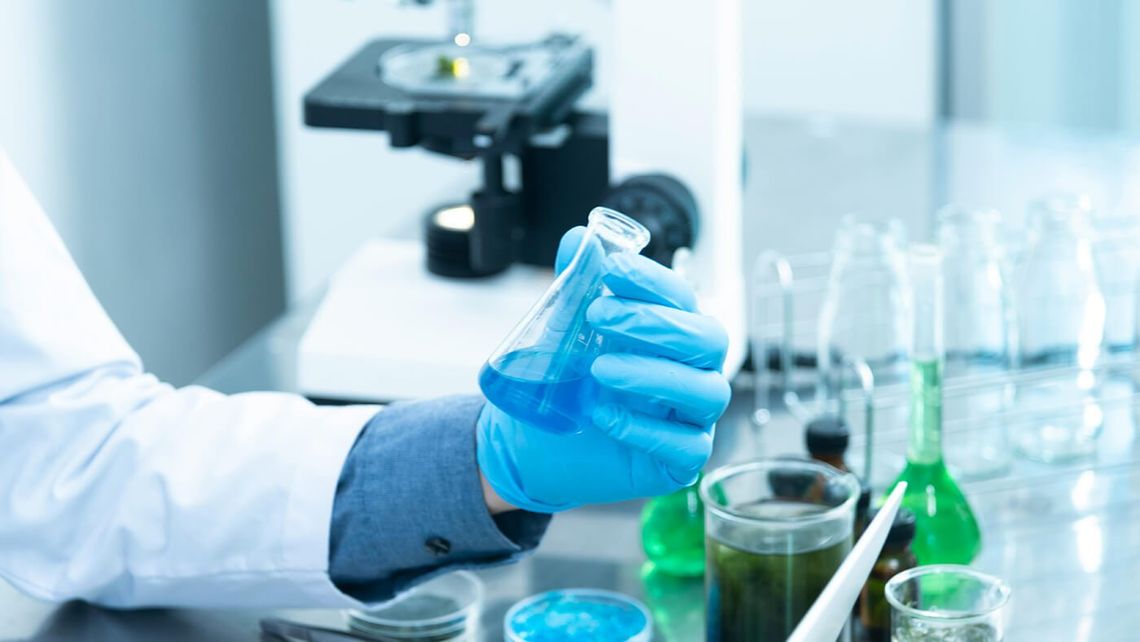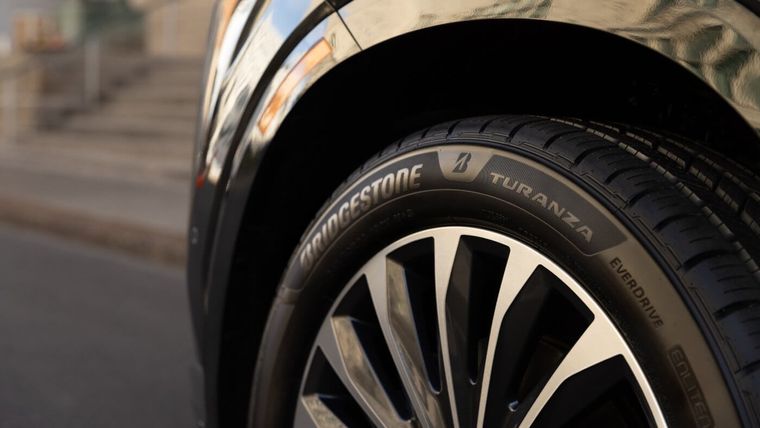Old tires may not be the first thing that comes to mind when you think of environmental issues, but they represent a much bigger problem than most people realize. Every year, billions of tires are discarded, and they don't just take up space: they release harmful chemicals into the environment. One of these is 6PPD, a substance which ensures the durability of tires, but which can transform into a toxic compound harmful to the ecosystem. Fortunately, researchers are tackling the problem. A new method, recently published by the University of Delaware, could change the game and enable old tires to be recycled in a safer, more sustainable way.
6PPD: a serious problem
With synthetic rubber making up around 25% of their mass, used tires represent a serious environmental hazard. When they wear out or disintegrate in landfills, they release microplastics and chemical substances such as 6PPD. Once exposed to the air, the substance transforms into 6PPDQ, a toxic compound with far-reaching repercussions, particularly on aquatic life.
Traditional recycling methods, such as pyrolysis, have failed to effectively remove these harmful substances, allowing them to persist in recycled materials such as fuel or asphalt. This permanent contamination reminds us of the importance of manufacturers' efforts to use more and more recycled and natural materials.
The right method finally found?
Fortunately, a new recycling process developed by the University of Delaware offers an innovative solution to the problem of tire waste. The method involves using a microwave reactor and chemical solvents to extract 6PPD from recycled rubber crumbs. Once extracted, it can be safely converted into chemicals that can be reused or sold.
The remaining tire materials are also reused: the crumb rubber is used in consumer products, while the carbon black can be used in pigments, electronics or even other tires. This approach makes tire recycling not only more environmentally friendly, but also economically viable, offering a sustainable alternative to traditional recycling methods. Is it a miracle solution? Far from it, but at least it's one more way of reducing the impact of our consumption!




